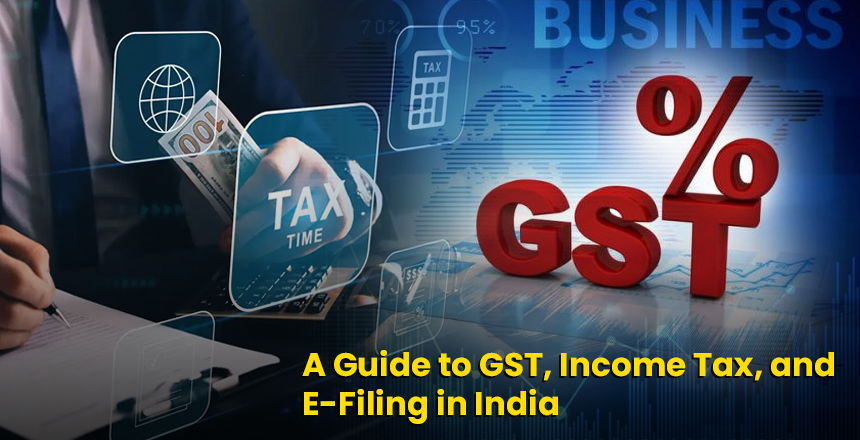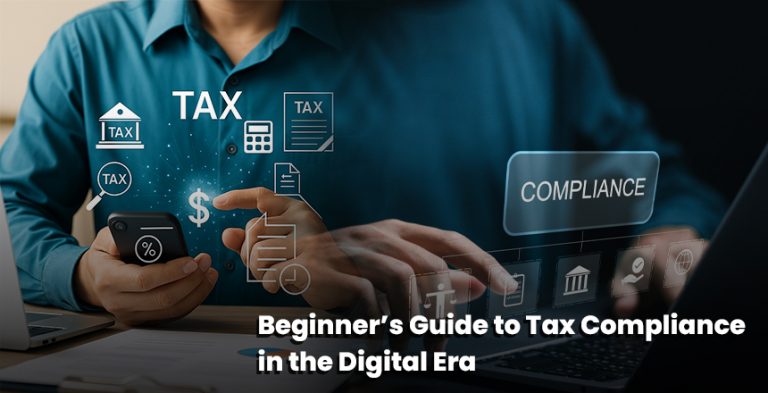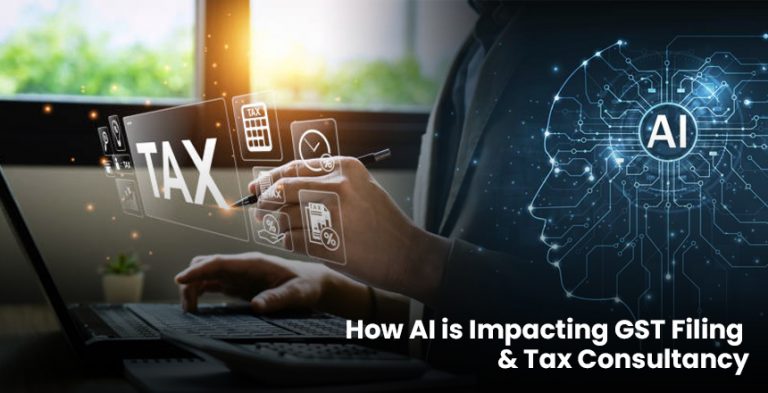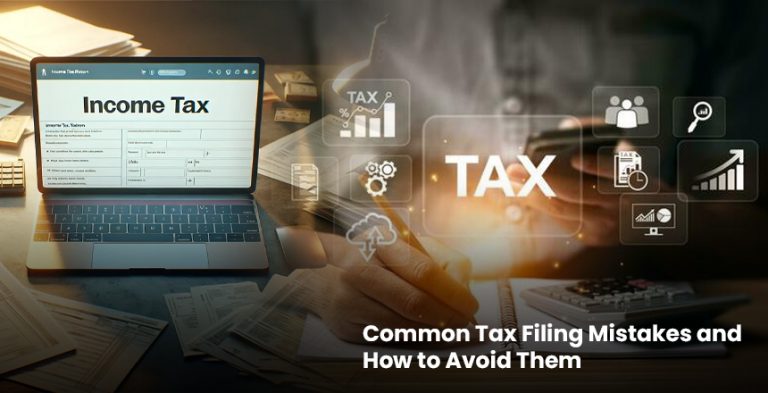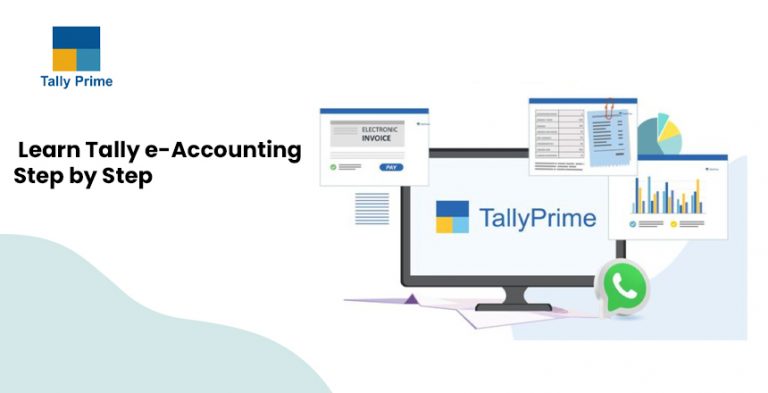The Indian economy is developing at a high rate and so is the taxation system. As an entrepreneur, a working professional, or even a student, it is increasingly becoming important to have a clear understanding of GST, income tax, and the process of e-filing. Incidence of online financial activity and an insistence of the government on transparency is making tax literacy not only beneficial but a requirement.
The guide that you have before you is designed to unravel three key elements of the tax situation in India: Goods and Services Tax (GST), Income Tax, and the increasingly critical nature of e-filing in making compliance easy and stress-free.
The anatomy of indirect tax: Knowing GST
The Goods and Services Tax (GST) Innovated in the year 2017 transformed India to a new indiscriminate administration of taxation scheme, overthrowing a complex maze of taxes such as VAT, excise duty, and service tax. GST integrated the whole nation into a single tax and merchants could easily conduct business activity across the state boundaries.
GST is applied to supply of most goods and services and there are three principal forms of GST:
- CGST – is charged by the central government on sale that is within the state.
- SGST – state governments collect the same intra-state transactions.
Inter-state trade and commerce (IGST).
An Input tax credit mechanism is one of the most customer-friendly provisions of GST, and it allows the business to set off input-tax incurred by a business against the output-tax liability of the business. This makes the tax regime more efficient and it removes the cascading of tax on the final consumer.
The GST Composition Scheme entails low fixed rate payment of taxes plus filing assistance by the small and medium sized businesses. The system has progressively moved onto the automation feature with e-invoice, e-way bills, and reconciliation facilities that would help to be compliant and prevent tax evasion.
Understanding Income Tax India
Tax Income is such a direct tax on income of individuals and organizations imposed by the state. It is covered by Income Tax Act of 1961 and it is imposed on any income earned in the following ways: Salary incomes, rent income, capital gains, profit of any business and even the incomes in form of interest on savings.
India is a slab-based taxation system to individuals. In other words, the more that you earn the more you pay the rate of tax. Over the last few years the taxpayers have had an option of either of two regimes:
- The Old Regime which permits deductions and exemptions (such as 80C, 80C and HRA).
- The New Regime that has reduced tax rates without most of the deductions.
Both regimes may be beneficial depending on the financial objectives and the income pattern of people. The old regime of taxation can be reduced through wise investment decisions, insurance and retirement planning which is one of the good strategies of tax.
There also exist fixed rates of tax imposed on companies, firms and the rest of the business entities. It is very necessary to maintain good records and to plan ahead so as to minimize liabilities and penalties.
E-Filing: Adopting the Digital Transformation in India
Due to the revolution of technology and change in the way people access the government services, e-filing has emerged as a common medium of tax filing channels in India. People are finding it convenient as there is no paperwork, no waiting and everyone gets acknowledgments immediately, which makes it popular among the people and the business.
Income Tax e-Filing is the government portal where people can file their annual returns (ITRs) online. Depending on the kind of income and the category of tax-payers (such as ITR-1 by salaried individuals, ITR-4 by professionals under presumptive tax regime, etc.), there are various ITR forms. Having such characteristics as pre-filled data, Aadhaar-enabled verification, auto-calculation, the process is quicker and easier than ever before.
Under GST registered firms, the GST returns are to be filed online monthly or quarterly through the GSTN portal. The application of forms such as GSTR-1, GSTR-3B or GSTR-9 (annual return) need to be filed within time to evade interests and late charges. The platform also has reconciliation tools to be used to see to it that the input tax credits are claimed accurately.
Over recent years, the simplicity of compliance has been simplified by the use of artificial intelligence tools and tax-filing applications. They assist the user in selecting the correct form, preventing their errors and even make suggestions concerning how to make the most savings on their taxes.
Why everybody should be interested in taxes.
Knowledge of how taxes are structured also does not only help you be compliant, but also gives you the capacity to make better financial choices. Making time to file your income tax return (ITR) gives you a chance to claim refunds, avail loans and strengthen your financial profile. On the same note, remaining compliant with GST may keep the businesses out of difficulties associated with penalties, and experience the credibility of suppliers and customers.
What is more important is that paying the taxes is a duty of a citizen and is a construction of the country. All the monies raised were funding infrastructure, education, healthcare, and social welfare initiatives to millions of people.
Also people with regular tax filings will have an easy time taking home loans, big credit cards and even visas because tax records are being used to assess financial trust levels.
Final Thoughts
The tax system in India has evolved a lot having changed an entangled labyrinth of papers into a highly digitized platform enjoying transparency and accountability. As a salaried professional, someone with a small business, or a freelancer, it is important to have an idea of what GST, Income Tax, and e-filing are in the modernized economy.
Arming yourself with tax education keeps you at the head of the game both, economically, and, legally. Make use of the existing tools, go to consultants when necessary, and never miss the deadline of completing your taxes. Since in the modern world, smart tax compliance stops being only about saving money, it is a way to keep your economic future.

